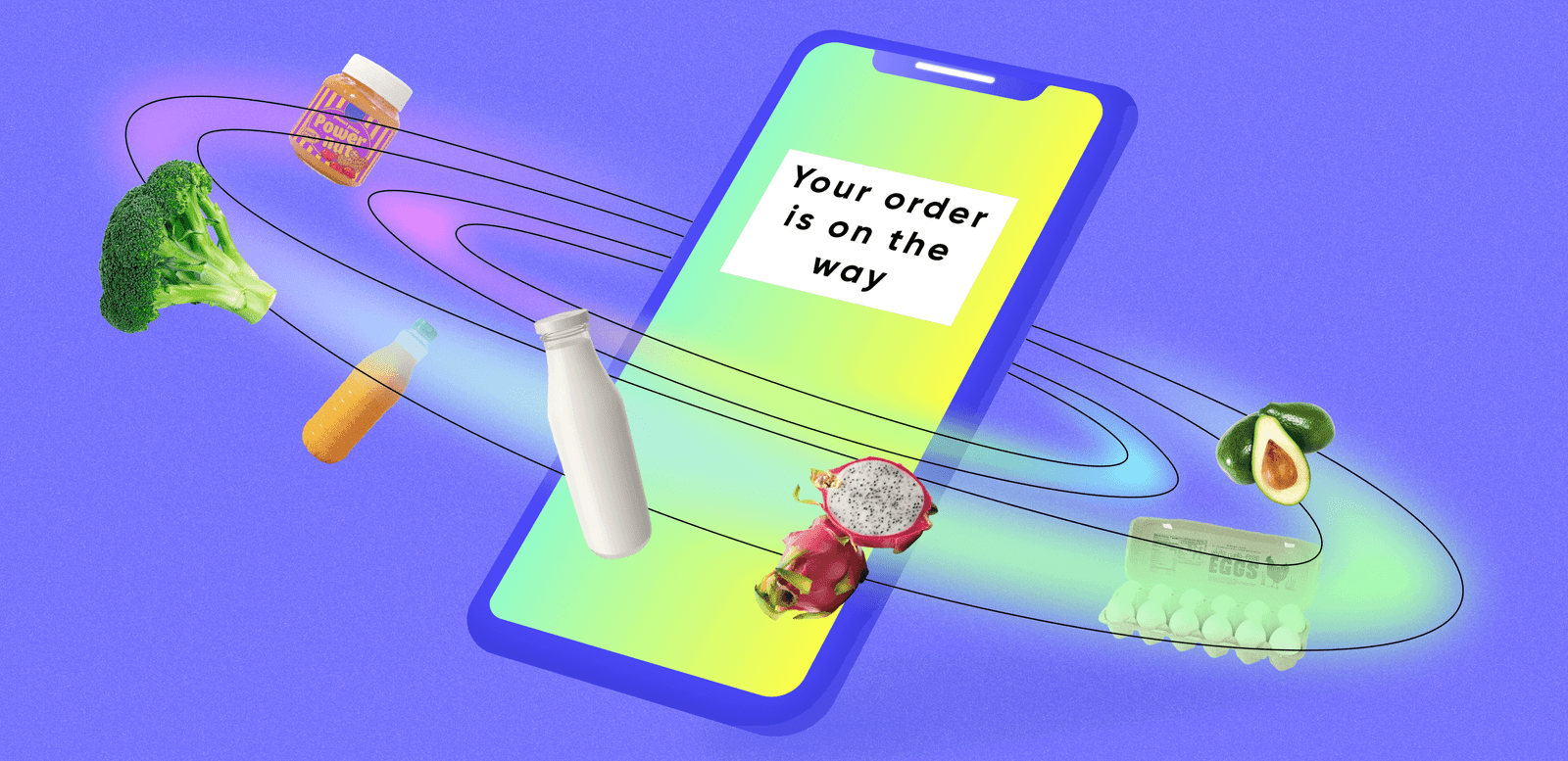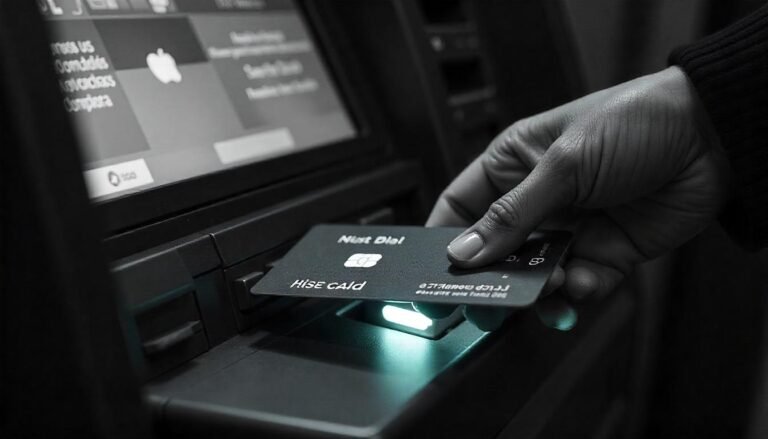Monetization Strategies for Grocery Mobile Apps in 2025
The grocery delivery market has been experiencing rapid growth in recent years, especially as consumers increasingly demand convenience, faster delivery times, and broader selection of products. With this demand comes a competitive market for grocery mobile app development, and in 2025, the stakes are even higher. Grocery mobile apps are no longer just a convenience; they have become an essential tool for consumers to manage their everyday lives. For businesses, these apps not only serve as a critical sales channel but also represent a significant opportunity for revenue generation.
As grocery delivery app development continues to advance, it is crucial for developers and business owners to consider various monetization strategies that can drive long-term profitability. Here, we will explore several monetization strategies for grocery mobile apps in 2025, along with the evolving trends in mobile app development services that will shape the future of this market.
Monetization Strategies for Grocery Mobile Apps in 2025
1. Subscription-Based Model
One of the most effective monetization strategies for grocery delivery apps is the subscription model. This model offers customers the ability to pay a recurring fee in exchange for benefits such as discounted delivery rates, faster delivery options, or exclusive deals on selected products. Subscription models create predictable revenue streams for businesses and increase customer loyalty by providing added value to users.
For instance, many successful grocery apps offer loyalty programs, wherein users can subscribe to a monthly or annual plan to receive free delivery on all orders, access to exclusive discounts, or other perks like early access to sales or promotions. With a growing focus on convenience and personalized shopping experiences, grocery mobile apps can leverage these perks to attract and retain loyal customers.
In 2025, mobile app development services will continue to improve, enabling grocery apps to provide more personalized experiences based on user preferences. The use of AI-driven features will allow apps to tailor subscriptions and offers to individual users, enhancing the customer experience and driving higher subscription rates.
2. Commission-Based Revenue Model
For grocery delivery apps partnering with local grocery stores or retailers, a commission-based revenue model is a tried-and-true method for generating income. Under this model, the app earns a percentage of the sale made through the platform. This strategy works particularly well for apps that operate as intermediaries between customers and local stores, handling the logistics and delivery while the store fulfills the order.
In 2025, the shift toward hyperlocal delivery models, where apps source products from local vendors or even partner with smaller niche grocery stores, will expand the potential for commission-based earnings. Grocery delivery apps can also diversify their offerings by including organic or specialty food suppliers, targeting niche markets, and earning commissions from these partnerships.
To maximize this strategy, mobile app development services will focus on building seamless integrations with store management systems, ensuring real-time inventory tracking and smooth order processing. This will enable grocery apps to provide accurate pricing, availability, and delivery times, which is key to retaining customers and ensuring optimal commission rates.
3. Freemium Model
The freemium model is a popular monetization strategy that has proven effective for many app categories, including grocery delivery apps. In this model, users can download and use the app for free, but they have the option to upgrade to a premium version that unlocks additional features or offers more benefits.
For grocery apps, premium features can include priority delivery slots, a wider range of products, access to more advanced filtering options, and exclusive discounts. The freemium model encourages users to try the app with minimal barriers to entry and then offers them the option to upgrade for a more enhanced experience.
In 2025, as grocery mobile apps continue to evolve, developers will be able to leverage machine learning and data analytics to predict when users might be interested in upgrading to premium plans. By analyzing user behavior and shopping patterns, grocery apps can send targeted offers or notifications to encourage users to unlock premium services.
4. Ad-Based Revenue Model
Advertising has long been a reliable revenue stream for many mobile apps, and grocery delivery apps are no exception. In 2025, we will see more grocery apps incorporating advertisements from a variety of sources, such as brands, local stores, or third-party networks, to generate revenue.
Ads can be displayed in-app through banner ads, interstitial ads, or video ads, depending on the user experience desired by the developers. For example, grocery delivery apps can feature promotions from brands selling complementary products like kitchen appliances or household goods. Alternatively, local grocery stores can advertise their weekly specials or promotions within the app.
While ad-based revenue can be lucrative, it is important to balance user experience and monetization. If ads become intrusive or disruptive to the shopping experience, users may become frustrated and abandon the app. Therefore, app developers will need to focus on creating non-intrusive ad placements that don’t detract from the app’s primary purpose of providing an efficient shopping and delivery experience.
5. In-App Purchases and Upselling
In-app purchases and upselling strategies are another effective way to increase revenue in grocery delivery apps. Upselling involves offering customers the option to purchase higher-value items or additional products during the checkout process. For example, users may be prompted to add an extra bottle of olive oil or premium snacks when finalizing their grocery orders.
Grocery apps can also offer in-app purchases such as recipe guides, meal plans, or other digital content. These additional offerings provide value to users while generating extra revenue for the app.
Mobile app development services in 2025 will be focused on integrating AI and machine learning capabilities that analyze user purchase history and preferences to suggest relevant upsells in real-time. By personalizing the upselling experience, grocery apps can increase conversion rates and boost overall revenue.
6. Partnering with Brands for Product Placement
Partnering with grocery brands for product placement is an effective monetization strategy that provides visibility to specific brands while generating revenue for the app. In this scenario, grocery apps feature particular products or brands in prominent areas of the app, such as the homepage or product search results. These placements are typically paid by the brand or retailer in exchange for increased exposure.
In 2025, as augmented reality (AR) and virtual reality (VR) technologies become more mainstream, grocery apps could explore new ways to incorporate branded content within the shopping experience. For example, users could virtually browse through an in-app store where branded products are highlighted, offering a more immersive shopping experience.
7. Delivery Fees and Surge Pricing
Charging delivery fees is a standard practice for grocery delivery apps, but the approach to pricing can vary. Many grocery apps offer free delivery for orders over a certain amount, while others charge a flat or dynamic fee based on the order size or delivery distance. Surge pricing, which adjusts delivery fees during peak times, is another strategy that grocery delivery apps are increasingly adopting.
In 2025, surge pricing and delivery fees will be more dynamic, with apps using real-time data and machine learning to optimize delivery costs based on factors such as weather, time of day, traffic conditions, and demand. This approach ensures that delivery operations remain profitable while maintaining a competitive edge in the market.
Conclusion
The grocery delivery app market in 2025 will continue to thrive, fueled by consumer demand for convenience and innovative features. However, success in this competitive space will require businesses to implement effective monetization strategies that balance customer satisfaction with revenue generation. By leveraging subscription models, commissions, in-app purchases, and strategic brand partnerships, grocery apps can unlock new revenue streams while providing value to users.
As mobile app development services evolve, developers will have access to cutting-edge technologies that enable grocery delivery apps to offer more personalized, efficient, and enjoyable shopping experiences. The integration of AI, machine learning, and AR/VR will play a pivotal role in shaping the future of grocery mobile apps, offering endless possibilities for both app developers and businesses looking to monetize their platforms.
Ultimately, the key to success in the grocery delivery app market is to remain adaptable and continuously innovate to meet changing consumer expectations. By adopting these monetization strategies, businesses can build sustainable revenue models and ensure the long-term success of their grocery mobile apps.







